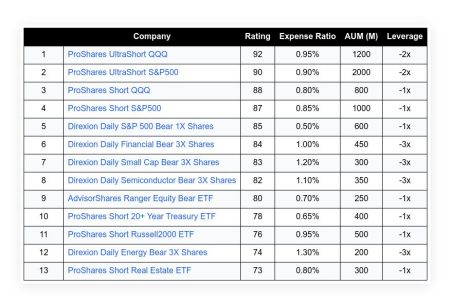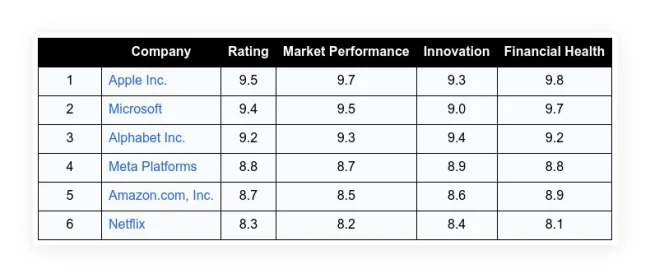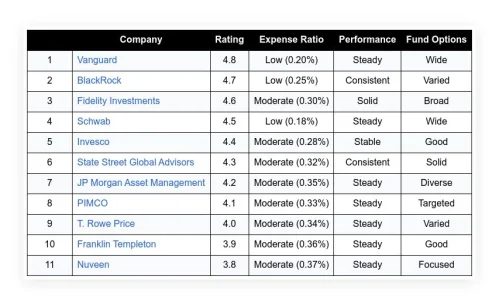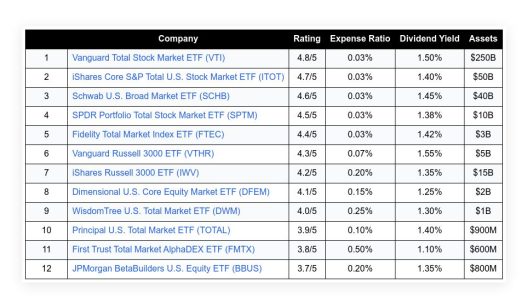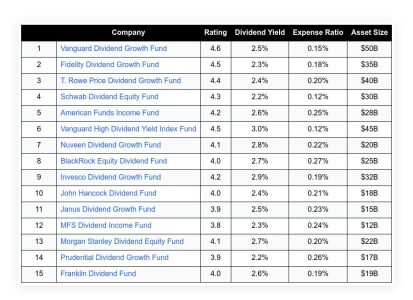The S&P 500 surged by 27% over the past four months. As I looked closer, one dominant force became apparent: companies are investing heavily in artificial intelligence. It is clear to me that spending on AI has become a key driver behind our market and economic trends.
This focus on AI investment has shifted our perspective on how growth is achieved. Companies in the technology sector have redirected resources into building and deploying AI. Their collective efforts have boosted economic output in a way that rivals even consumer spending by a large group of Americans.
Table of Contents
ToggleRising Stock Markets Underpinned by AI Investment
The stock market’s rapid ascent has caught many by surprise. Over the course of the early months this year, the market’s gains have largely been built on the foundations of AI development. To put it plainly, a small group of influential companies is at the heart of these moves.
For instance, the leading seven companies in AI—often referred to as the “magnificent seven” by industry observers—have contributed over 57% of the gains in the S&P 500 this year. This concentrated performance among a select few has generated significant market optimism. Investors are placing their bets on the long-term promise AI offers.
In one statement, a respected leader in technology referred to the current sentiment by asking,
“Are we in a phase where investors are over excited about AI?”
His query reflects the cautious optimism running through the market. While enthusiasm is high, there is an underlying tension about what comes next.
View this post on Instagram
Economic Contributions and Corporate Spending
The first half of the year witnessed extraordinary spending by companies on AI. The total expenditure in this field contributed more to the gross domestic product than consumer spending did for a very large segment of the population. In fact, this corporate outlay was comparable to the spending habits of nearly 340 million Americans.
This enormous level of investment signals that businesses are confident in AI’s potential to transform operations. They expect that these investments will drive efficiency and boost overall productivity. The data shows that AI is currently the engine pushing both stock market gains and economic growth at a scale that few anticipated.
From my perspective, the numbers make a strong case for AI’s central role in our economic future. Even as traditional sectors contribute stability, it is the tech sector that often sets the pace for progress. Each dollar spent on AI is a bet on future efficiency.
Productivity and the AI Promise
One core promise of artificial intelligence is to increase productivity. The notion is simple: by automating routine tasks and enhancing decision-making processes, workers should become more efficient. Since the surge of AI attention began earlier in the year, I have followed productivity metrics closely.
The chart of U.S. labor productivity since the onset of the AI trend presents some mixed signals. While investments in AI have soared, a significant boost in measurable productivity has not yet materialized. This gap raises important questions about how quickly new technology can translate into tangible benefits.
This disconnect between investment and visible productivity improvements has important implications. If the efficiency gains remain delayed, the market may face corrections. This is a point of concern not only for investors but also for business leaders who closely track economic performance.
Investor Sentiment and Market Outlook
In the current climate, investor sentiment remains a critical factor. Many believe that the market is riding high on the promise of AI. It is important to remember that market optimism can be as influential as actual economic performance.
Investors are paying close attention to industry leaders. Their enthusiasm often drives stock prices higher, even when the underlying productivity figures appear modest. This dynamic has created a market environment where expectations sometimes outstrip immediate outcomes.
The focus on AI has led to a kind of tunnel vision among some investors. They see the potential for rapid gains and increased market value, even if the current data on labor productivity has yet to align with these expectations. In my experience, caution is warranted when evaluating future growth based solely on investor enthusiasm.
Key Takeaways of the AI Economic Impact
Several essential points emerge when reflecting on these developments. I have organized them in a clear list to highlight the driving factors behind the current trends:
- Investment-Driven Growth: Corporate spending on AI has provided a significant boost to the economy. The expenditure in this area compares to the collective spending of millions of individuals.
- Concentrated Gains: A group of seven prominent companies accounts for a large percentage of the S&P 500’s gains. Their performance plays a critical role in market dynamics.
- Productivity Puzzle: Despite heavy investment, the expected rise in labor productivity has not yet appeared strongly. This gap prompts questions about the timeline for tech to deliver on its promises.
- Investor Caution: Statements from industry leaders suggest that current investor enthusiasm might be higher than warranted by operational results. Recognizing this disparity is key to understanding the market’s future.
These points help frame the current economic situation. They serve as a guide to understanding both the power and the limitations of AI investments. From where I stand, the message is clear: while AI is a potent force, market success will depend on realizing concrete productivity improvements soon.
Broader Implications for Business and Economic Strategy
The insights from this period offer lessons for corporate strategy and economic policy. Companies that invest heavily in AI signal their commitment to long-term gains. They are not waiting for quick fixes; instead, they are building capabilities that can pay off over time.
Looking at the broader picture, this wave of investment calls for a closer look at how financial markets respond to technological advances. It is a reminder that economic trends are often driven by innovation in unexpected ways. The market’s growth in recent months is tethered to a single factor that remains both a source of promise and a challenge.
These developments should encourage leaders to continually review the balance between high expectations and realistic outcomes. For business executives and financial planners alike, aligning investment strategies with measurable results is a priority. In this setting, it becomes important to track productivity gains as closely as market sentiment.
Reflections on the Future of AI and Economic Growth
Reflecting on these trends, I find that the potential for AI to change our economic trajectory remains immense. However, the delayed productivity gains suggest caution. The next phase of this evolution will be closely watched by both investors and business leaders.
If companies can convert their investment into meaningful productivity improvements, the gains in the stock market might be sustainable. Otherwise, a market correction could occur when reality sets in.
This period serves as a reminder that every investment carries risk. The enthusiasm surrounding the rapid ascent of AI can be tempered by the slow nature of productivity growth among American workers. It is a balance between innovative spending and measured progress.
The current environment calls for scarce optimism. In my role as a financial expert, I will continue to observe and analyze these trends with a skeptical lens. My aim is to provide clear, straightforward insights without the excess hype. Investors and business leaders deserve an accurate picture of what lies ahead.
Final Thoughts and Recommendations
In conclusion, the surge in stock market gains backed by AI investments is notable. The heavy spending in AI has spurred economic growth even as labor productivity improvements lag behind. This contrast is a crucial area for future observation.
For those navigating the market, the key is to balance enthusiasm with realistic expectations. Companies must start to show improvements in productivity to justify the current levels of market optimism. Without this shift, market corrections may be imminent.
For investors, a careful, measured approach is advised. The current rally, though impressive, is heavily influenced by a concentrated group of companies. Understanding this helps one to prepare for the possibility of volatility as the market adjusts.
In summary, the investment focused on AI is a defining trait of our current economic period. While it fuels impressive market gains, the waiting game for broader productivity benefits continues. My final thought is to monitor these trends closely and maintain discipline in financial outlooks. Staying informed and cautious remains the best strategy in times of rapid change.
Frequently Asked Questions
Q: How has AI investment influenced the stock market recently?
AI investment has driven significant gains in the stock market. A few major companies have contributed a large share of the gains, leading to increased market optimism.
Q: Why is productivity not rising despite huge AI investments?
Even though companies are investing substantial amounts in AI, the expected boost in labor productivity has not yet shown a strong signal. This lag raises questions about the timing for real efficiency gains.
Q: What should investors keep in mind during this period of high AI spending?
Investors should be cautious. While the market is up thanks to concentrated gains from a few companies, a lack of clear productivity improvements might lead to market adjustments in the future.









